About Ramshej Fort Nashik
India blessed with some excellent legacy forts, and Various citadels are crisscrossing all through the region’s length and expansiveness. Ramshej hill fort is one such stronghold. Found 14 kilometers north-west of Nashik, on the Nashik-Vapi road, in the Peth mountain ranges, Ramshej Fort Nashik is one of the well-known monsoon treks in Maharashtra. Ramshejgad gets its name from the conviction that Lord Rama had made this spot as his living arrangement for quite a while during their exile. Ramshej means Lord Ram’s bedstead. On the western tip of the lovely Ramshej Ghat in Northern Nasik, views the brilliant Ramshej Fort. Ramshej Killa is situated at a stature of 3273 feet above the sea level, which shows you the wonder of work and exertion that went into making it.
Ramshej Killa history, after the demise of Chhatrapati Shivaji Maharaj, numerous forts set up substantial barriers under the authority of Chhatrapati Sambhaji Maharaj. This small fortress was no exemption. Aurangzeb’s military assaulted the post, and his leaders threatened the Maratha realm saying that they would catch the stronghold in hours. Yet, Chhatrapati Sambhaji Maharaj and his army opposed these assaults for seven years. In this manner, the Fort stayed with the Marathas for a period that was longer than the battling lives of the leaders of Aurangazeb’s military. This Courage is the thing that composed Ramshej’s name in brilliant words throughout the entire existence of Marathas. Ramshej Killa, along these lines, set an example for the Maratha-Mughal war. Afterward, Ramshej post was one of the 17 fortresses given up to the British in 1818 CE.
At a distance of 14.5 km from Nashik, Ramsej or Ramshej Fort is a small historical fort located on Nashik- Peth Road in Maharashtra. Situated at an altitude of 3273 feet, Ramshej Fort is one of the popular monsoon trekking places in Maharashtra.
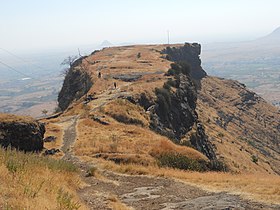
According to the history, after death of Shivaji Maharaj, many forts put up strong resistance under the leadership of his son Sambhaji. This tiny fort was no exception. The fort was attacked by Aurangzeb’s army and his commanders threatened the Maratha kingdom saying that they would capture the fort in hours but Shivaji Maharaja’s son Sambhaji and his army resisted these attacks for almost 6 years. Later, Ramshej fort was one of the 17 strongholds which were surrendered to the British in 1818 CE.
Ramshej literally means Lord Ram’s bedstead. It is believed that Lord Rama had made this place as his residence for some time during their exile; hence the fort got its name. To reach Ramshej fort, visitors can take a bus right up to Aashewadi Village, which lies at the foot of the fort. The way to the fort starts from Aashewadi on the south side and it takes 1 hour to reach the top of the fort. En route, there is a small temple of lord Ram inside a huge cave. The cave is well maintained by the devotees and offers a nice place to stay. One cistern lies on south side of this cave, which has potable water. On the left was huge plateau and on the right side there was a tunnel with steps which lead to the main fort. The main entrance was still intact.
By climbing some more distance, there was yet another small temple dedicated to a goddess. One can find numerous water tanks and cisterns here. From the top the view of entire mountain range of Trimbak, Satmala, Bhorgad and vast plains was simply breathtaking.
Ramshej Fort Nashik Information
- Starting point Ramshej Fort Trek: Aashewadi village, Sinnar Taluka, Nashik district.
- Ramshej Fort Nashik Trek Gradient: Easy. Ramshej Killa Nashik is a continuously uphill trail with some rising and falling segments.
- Approximate time: Two hours
- Water sources: Ample water sources. However, one should carry at least 2 liters of water before starting the trek.



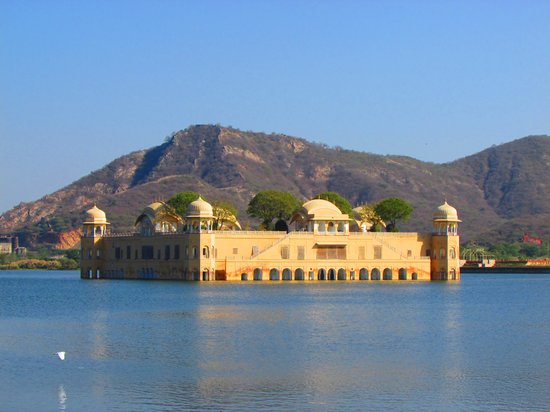
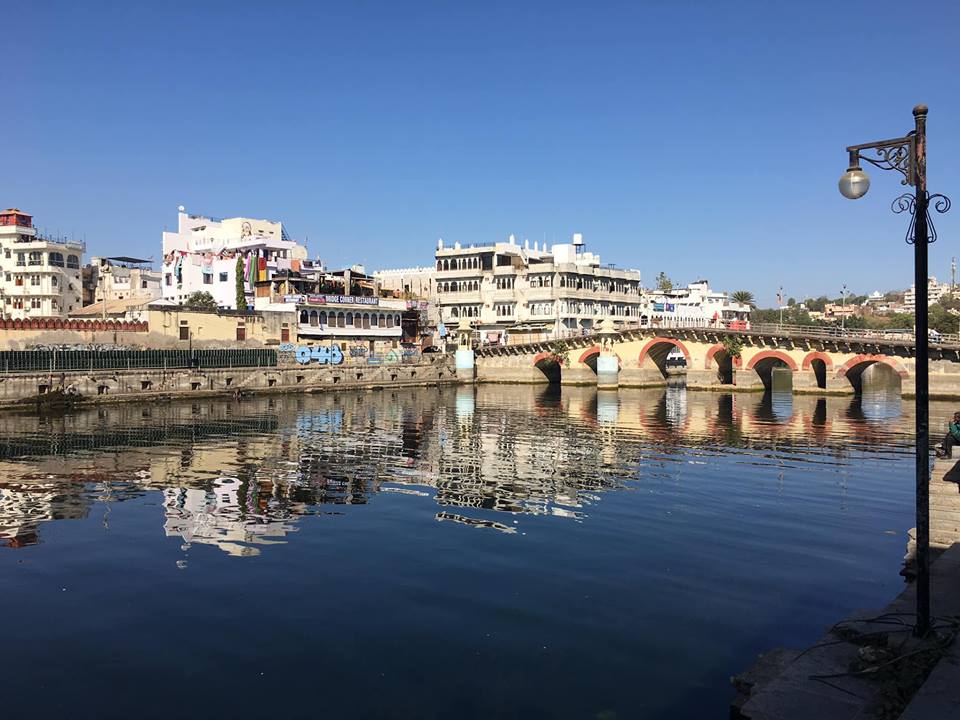
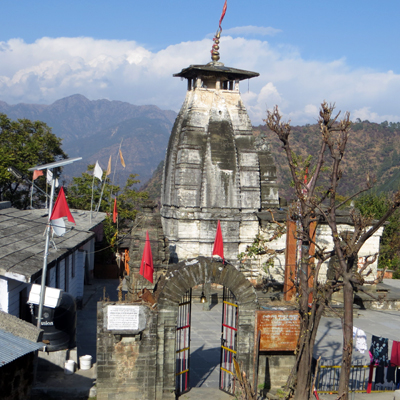

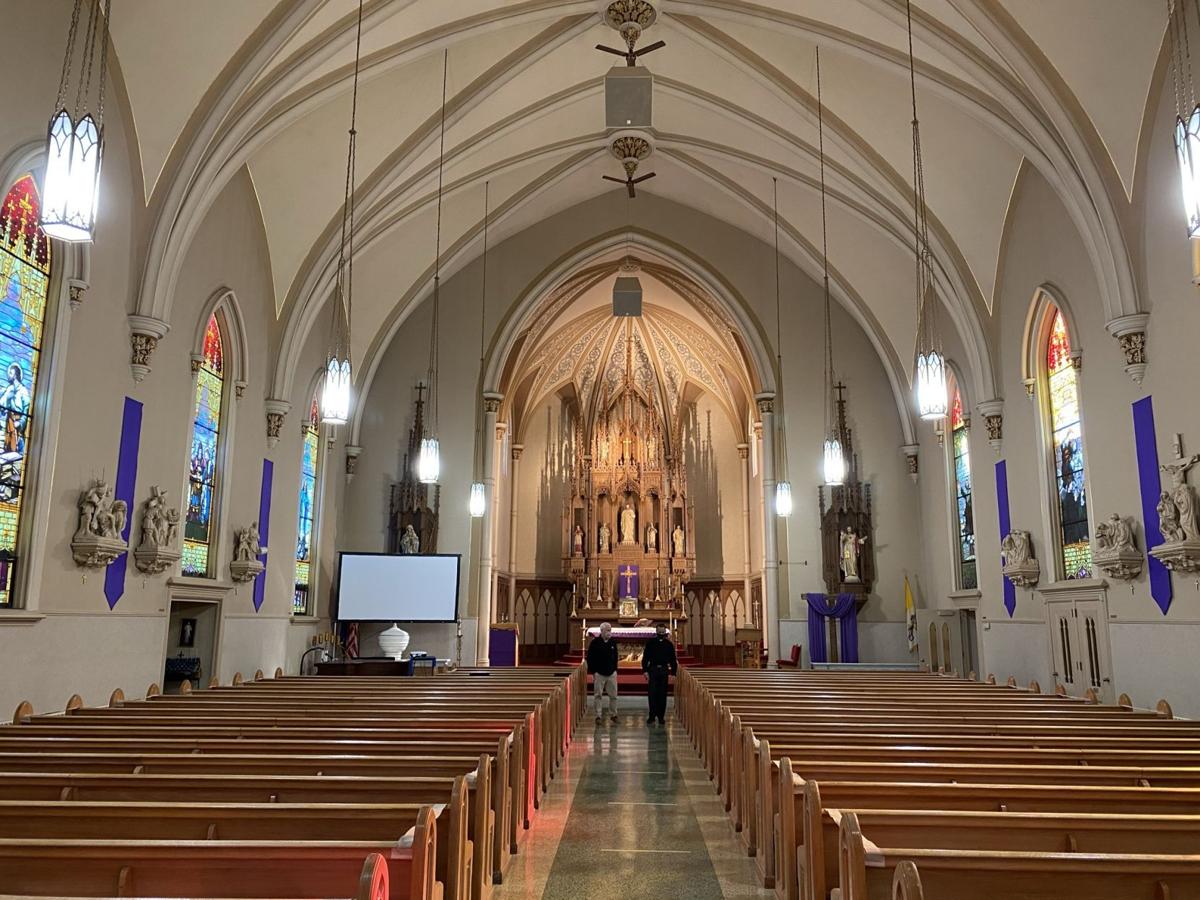

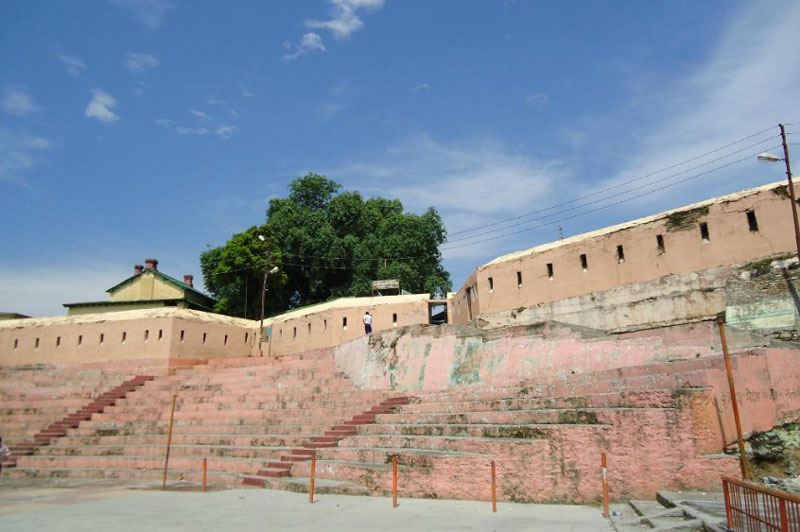



3 Comments
Comments are closed.